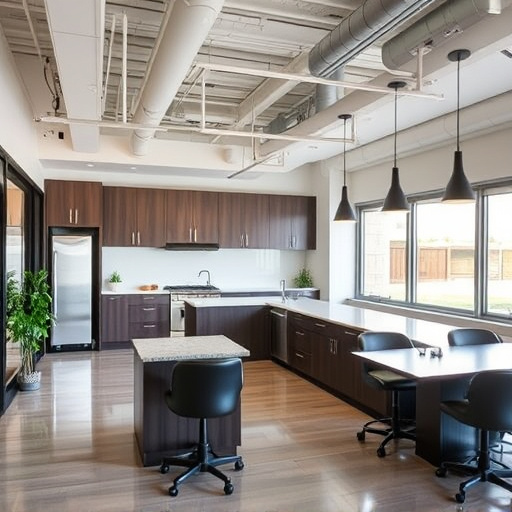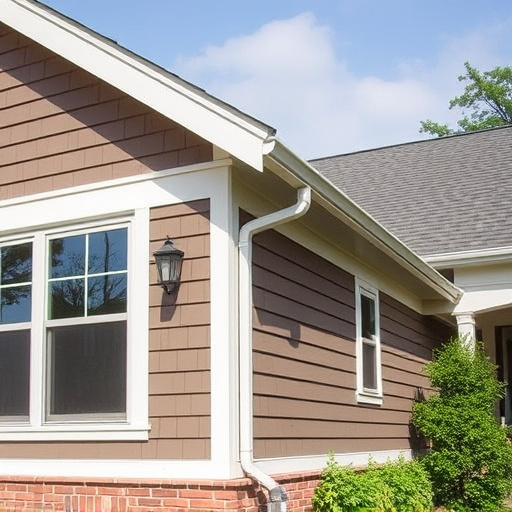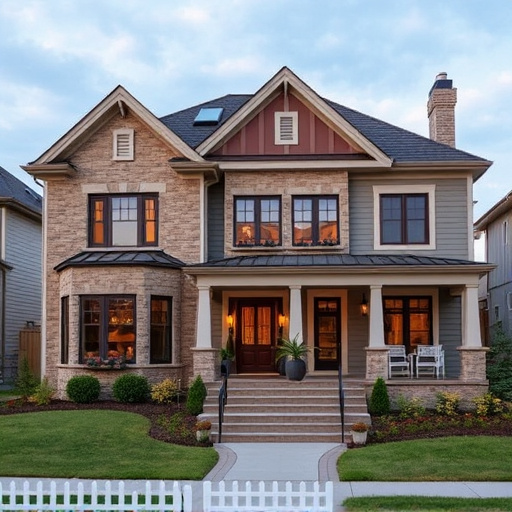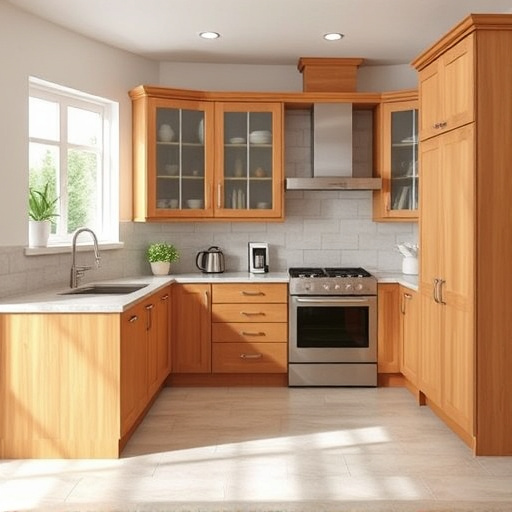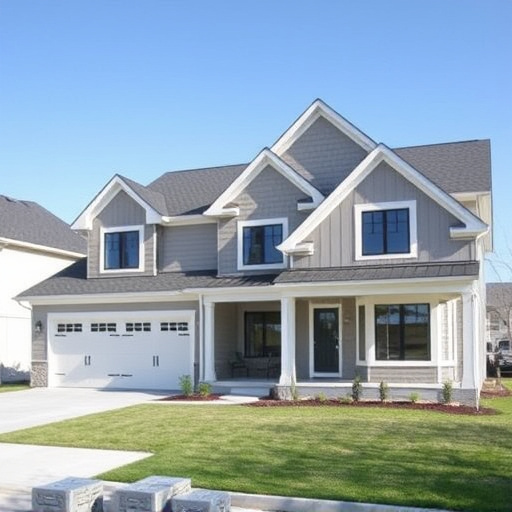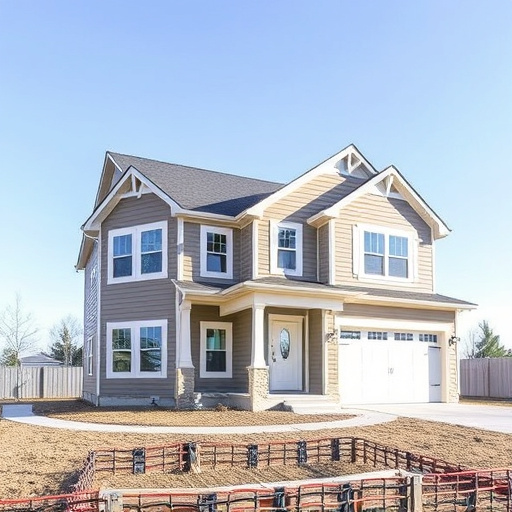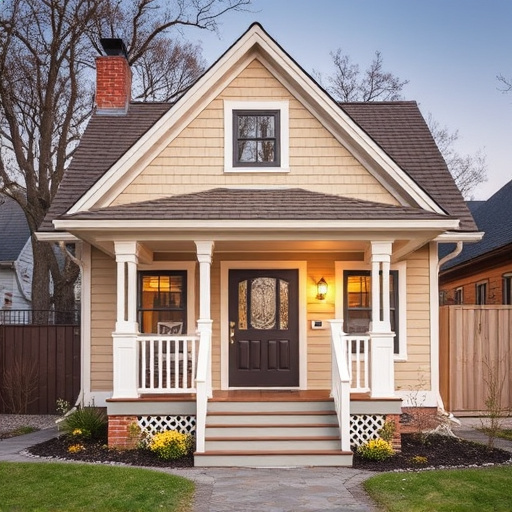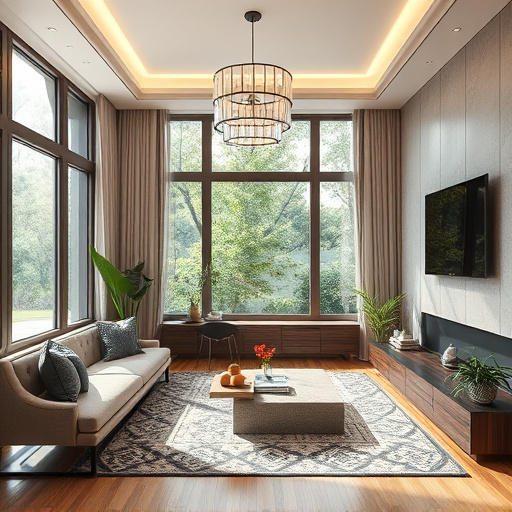An office remodel in today's digital era should prioritize employee well-being and productivity through comfort (ergonomic desks, seating, lighting), collaborative spaces tailored to diverse team dynamics, technology integration (high-speed internet, smart office tech like automated controls), and modern tools for knowledge sharing and task support.
In today’s dynamic work environment, an office remodel is not just about aesthetics; it’s a powerful tool for attracting and retaining talent. Employees want more than just a place to sit—they crave spaces that foster comfort, promote collaboration, and seamlessly integrate cutting-edge technology. This article explores the top priorities driving modern office designs, focusing on comfort and ergonomics, collaborative areas, and technology integration to create vibrant, engaging workspaces.
- Comfort and Ergonomics: Prioritizing Employee Well-being
- Collaborative Spaces: Fostering Team Interaction and Creativity
- Technology Integration: Modern Office Tools and Infrastructure
Comfort and Ergonomics: Prioritizing Employee Well-being
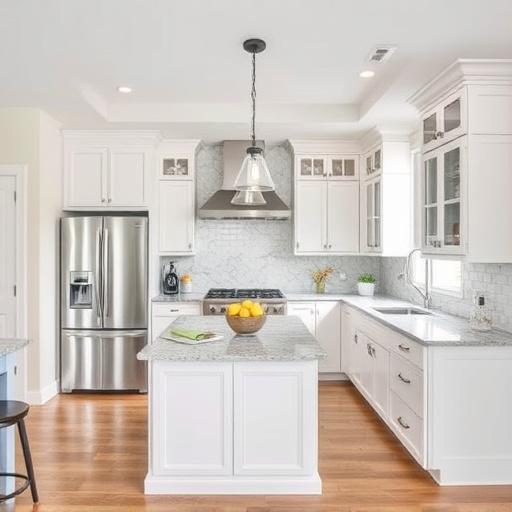
In today’s digital era, an office remodel goes beyond just aesthetics; it’s about transforming spaces to cater to employees’ well-being and productivity. Comfort and ergonomics are at the forefront of employee desires in any office remodel. This includes adjustable desks that accommodate various work styles, comfortable seating designed for extended use, and optimized lighting systems that reduce eye strain.
Prioritizing these aspects not only enhances employee satisfaction but also contributes to a healthier work environment. A well-designed office space can significantly impact workers’ mental health, encouraging better posture, reducing stress, and fostering a positive atmosphere conducive to creativity and collaboration. Thus, when considering a home transformation or a multiple room remodel, especially for an office, focusing on comfort and ergonomics is key to creating a thriving workplace environment.
Collaborative Spaces: Fostering Team Interaction and Creativity
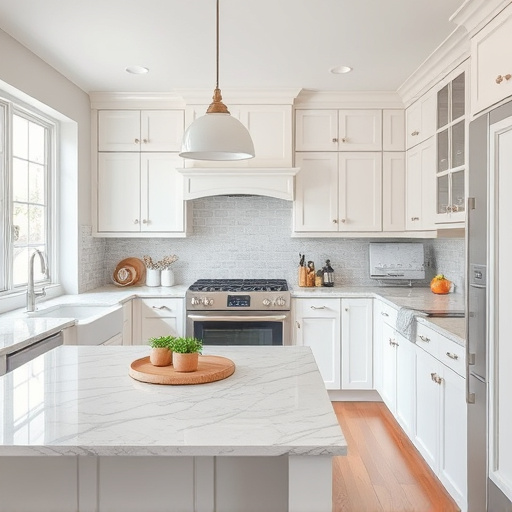
In today’s dynamic work environment, collaborative spaces play a pivotal role in an office remodel. These areas, designed for team interaction and creativity, have become essential elements that drive employee engagement and productivity. Unlike traditional cubicles or isolated desks, open-plan zones facilitate communication, allowing ideas to flow freely among colleagues. This fosters a sense of community, encourages knowledge sharing, and promotes the innovative thinking that’s crucial for success in many industries.
An effective office remodel should aim to create multiple room options catering to various collaboration needs. From informal gathering spaces to dedicated project rooms, these flexible areas accommodate different team dynamics and work styles. Just as kitchen renovations enhance a home, thoughtfully designed collaborative spaces can transform an office into a vibrant hub where employees thrive, contributing to a positive and productive work culture. This shift towards inclusive, interaction-focused environments is a key demand from modern employees seeking both personal growth and organizational success.
Technology Integration: Modern Office Tools and Infrastructure
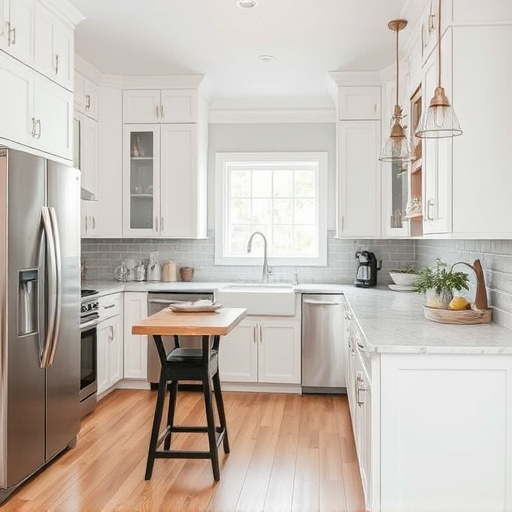
In today’s digital age, technology integration is a key aspect of any successful office remodel. Employees now expect seamless access to modern tools and infrastructure that facilitate their work. This includes high-speed internet connectivity, secure wireless networks, and advanced communication platforms like video conferencing software and collaborative project management tools. Moreover, smart office technologies such as automated lighting and temperature controls, along with energy-efficient appliances, contribute not only to productivity but also to a more sustainable working environment.
When it comes to enhancing employee experience, an office remodel should consider incorporating technology that supports various tasks, from simple communication to complex data management. For instance, well-designed workstations equipped with ergonomic furniture and adaptable layouts enable employees to work flexibly. Additionally, the integration of smart home technologies in features like voice assistants or touchless controls in kitchens and bathrooms shows a commitment to providing a comfortable and efficient workspace, mirroring the conveniences employees enjoy in their personal lives through kitchen and bathroom remodels.
In today’s digital age, an effective office remodel goes beyond aesthetics; it revolves around prioritizing employee needs. By integrating comfort and ergonomics, creating collaborative spaces, and embracing technology, businesses can foster a productive and innovative environment. These elements not only enhance job satisfaction but also attract and retain top talent, ensuring a successful and modern workplace for the future.


